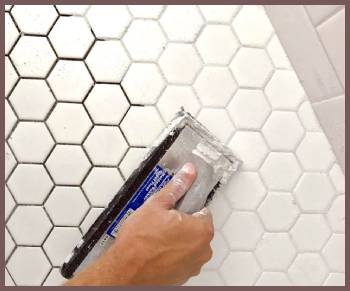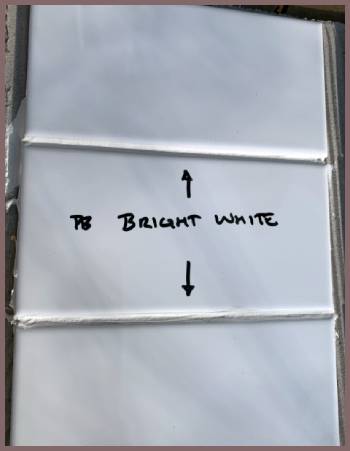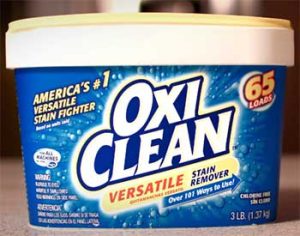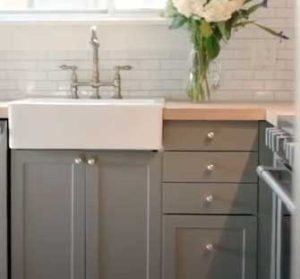The world of home improvement and interior design is full of decisions. One of the most critical choices you’ll make in a project is selecting the perfect grout color to complement your tiles. In the realm of white grout, there are two main contenders vying for your attention: Snow White and Bright White.
In this article, we’ll dive into the pros and cons of each, help you determine which one is right for you, and answer some frequently asked questions about white grout.
A Brief Comparison Table
| Feature | Snow White Grout | Bright White Grout |
| Aesthetic Appeal | Classic, timeless look | Modern, high-contrast look |
| Versatility | Pairs well with various tile colors | Pairs best with colored or darker tiles |
| Brightness | Bright, crisp appearance | Brightest white option |
| Maintenance | Easier to maintain, less prone to stains | Requires more frequent cleaning |
| Dirt Visibility | Can show dirt easily | Shows dirt more easily |
| Contrast | Subtle contrast with tiles | Strong contrast with tiles |
| Susceptibility to Yellowing | Lower | Higher, especially in high-moisture areas |
This table provides a quick comparison between Snow White and Bright White grout, highlighting their key differences in terms of aesthetic appeal, versatility, brightness, maintenance, dirt visibility, contrast, and susceptibility to yellowing.
Use this table to help you decide which grout color is the best fit for your project based on your specific needs and preferences.
Snow White Grout: A Classic Beauty

Snow White grout is the quintessential choice for many homeowners and designers alike, known for its classic charm and crisp appearance. Let’s explore the pros and cons of this grout color:
Pros
- Timeless Appeal
Snow White grout is a classic choice that never goes out of style. It pairs well with a wide range of tile colors and designs, making it a versatile option for any room in your home.
- Brightens Spaces
The clean, bright look of Snow White grout can help to make smaller or darker spaces feel more open and inviting.
- Easier Maintenance
Snow White grout is less prone to staining compared to darker grout colors, making it easier to maintain its original appearance.
Cons
- Can Show Dirt Easily
While Snow White grout is less prone to staining, it can still show dirt and grime more easily than darker grout colors.
- Not as Striking as Bright White
Snow White grout may not provide the same level of contrast as Bright White grout, which can be a con for those seeking a more modern or dramatic look.
Bright White Grout: A Bold Statement

Bright White grout is a popular choice for those seeking a more modern and striking appearance. This grout color is known for its ability to create a clean and high-contrast look. Let’s examine the pros and cons of Bright White grout:
Pros
- High Contrast
Bright White grout creates a strong contrast with colored or darker tiles, making it an ideal choice for those seeking a bold and contemporary look.
- Visually Expands Spaces
The brightness of Bright White grout can make a space feel larger, particularly when paired with lighter tiles.
- Modern Aesthetic
Bright White grout is often associated with a modern, minimalist design style, making it a popular choice for those looking to achieve a contemporary look in their home.
Cons
- Shows Dirt More Easily
The high contrast nature of Bright White grout means that dirt and grime are more visible, requiring more frequent cleaning.
- More Prone to Yellowing
Bright White grout can be susceptible to yellowing over time, particularly in areas with high moisture or exposure to certain cleaning chemicals.
Frequently Asked Questions (FAQs)
Bright White grout is typically the brightest white grout color available, offering a clean, high-contrast look that pairs well with a variety of tile colors and styles.
Bright White grout is generally whiter than Arctic White grout. Arctic White grout typically has a slightly cooler, blue undertone, whereas Bright White grout is a purer white with no noticeable undertones.
In general, Bright White is considered to be the whiter of the two options when comparing bright white and arctic white grout.
The most popular grout color varies depending on trends and personal preferences. However, neutral colors like white, gray, and beige are consistently popular choices, as they can complement a wide range of tile colors and styles.
Bright white grout can sometimes take on a yellow appearance due to a few factors, including:
Exposure to moisture: Excess moisture in areas like bathrooms or kitchens can cause grout to become discolored over time.
Cleaning chemicals: Certain cleaning chemicals can cause a reaction with the grout, leading to yellowing or discoloration.
Age and wear: Grout may naturally yellow or become discolored over time due to everyday wear and tear.
To prevent or remedy yellowing, make sure to regularly clean and maintain your grout using appropriate cleaning products, and consider sealing the grout to protect it from moisture and staining.
Bright white grout can be more challenging to keep clean compared to darker grout colors, as it tends to show dirt and grime more easily. Regular cleaning is necessary to maintain its appearance. Using a grout cleaner designed specifically for white grout can help to remove dirt and stains without causing discoloration.
Additionally, sealing your grout can protect it from staining and make it easier to clean.
Conclusion: Which White Grout Is Right for You?
Both Snow White and Bright White grout have their unique advantages and drawbacks, and the decision ultimately comes down to personal preference and the desired aesthetic for your space.
If you’re after a classic, timeless look that’s easier to maintain, Snow White grout may be the perfect choice for you. On the other hand, if you’re seeking a bold, modern aesthetic with high contrast, Bright White grout could be the ideal option.
Regardless of which white grout you choose, be prepared to invest time in maintaining its appearance by cleaning and sealing it regularly. With the right care, your white grout can provide a stunning backdrop for your tiles and elevate the overall design of your space.



